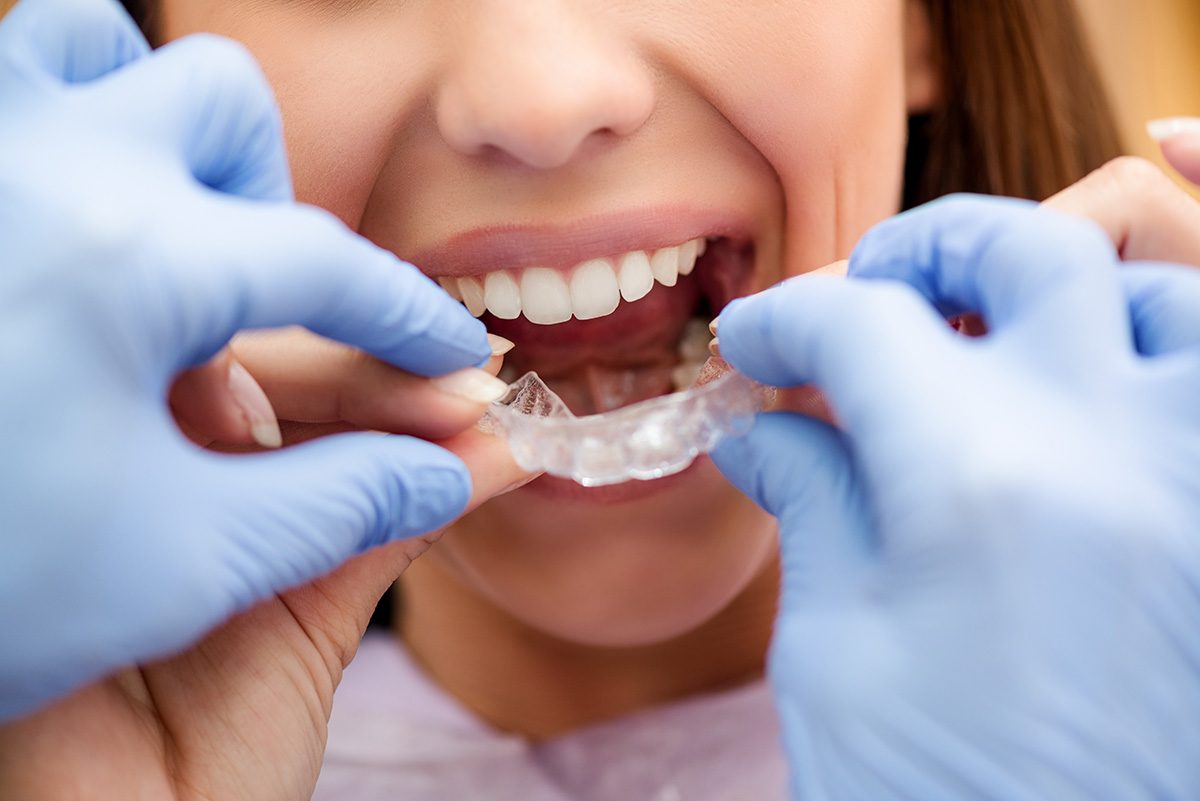About Legacy Orthodontics
About Legacy Orthodontics
Blog Article
Not known Incorrect Statements About Legacy Orthodontics
Table of ContentsExamine This Report on Legacy OrthodonticsSome Known Factual Statements About Legacy Orthodontics Top Guidelines Of Legacy OrthodonticsFacts About Legacy Orthodontics RevealedSome Known Details About Legacy Orthodontics
At Advanced Orthodontics, we offer clients with a alternative therapy experience. Additionally, we provide flexible therapy routines, adaptable payment options and a fun, pleasurable experience. orthodontics. Telephone call ( 480) 357-4900 today for more details and timetable a visit.An orthodontist is a dental professional educated to identify, prevent, and treat teeth and jaw irregularities. Orthodontists function with people of all ages, from kids to grownups.
Malocclusion, or misaligned teeth, can result in oral problems, including tooth decay, gum tissue condition, and hard or unpleasant eating. Not every person is born with straight teeth. If you have a bad bite or large spaces between your teeth, you may want to seek advice from a dentist concentrating on orthodontic care.
5 Easy Facts About Legacy Orthodontics Described
( Photo Credit Report: DigitalVision/Getty Images) Orthodontists make use of fixed and detachable dental devices, like braces, retainers, and bands, to change the setting of teeth in your mouth. Orthodontic treatment is for oral problems, including: Crooked teethBite troubles, like an overbite or an underbiteCrowded teeth or teeth that are also much apartJaw misalignmentThe objective of orthodontic treatment is to enhance your bite.
A healthy and balanced bite ensures you can consume, chew, and speak appropriately. While you might believe of orthodontists as generally for children or teenagers who require dental braces, they can deal with oral troubles at any kind of age. Orthodontists participate in university, dental school, and orthodontic institution. After college graduation, they spend 2 or 3 years in an orthodontic residency program.
All orthodontists are dentists, however not all dental professionals are orthodontists. Orthodontic residency programs offer extensive, concentrated guideline for dental professionals. They concentrate on two locations: Exactly how to appropriately and securely relocate teeth How to effectively direct development in the teeth, jaw, and faceOnce an orthodontist has actually finished training, they have the option to end up being board licensed.
An Unbiased View of Legacy Orthodontics
Imbalance, or malocclusion, is one of the most common reason people see an orthodontist. It is genetic and is the result of size differences in between the top and lower jaw or between the jaw and teeth. Malocclusion brings about tooth congestion, a twisted jaw, or uneven bite patterns. Malocclusion is generally treated with: Your orthodontist attaches metal, ceramic, or plastic square bonds to your teeth.
If you have only minor malocclusion, you may have the ability to use clear dental braces, called aligners, rather than typical braces (https://www.metal-archives.com/users/legacyortho). Some people require a headgear to assist move teeth into line with stress from outside the mouth. After dental braces or aligners, you'll need to put on a retainer. A retainer is a custom-made device that maintains your teeth in position.
They can develop added area in the mouth without having to pull teeth. Orthodontists utilize cords, surgical screws, or plates to sustain your jaw bone.
You may need to see an orthodontist if you have: Crowding or otherwise enough room for all of your teethOverbite, when your upper teeth come by your base teethUnderbite, when your bottom teeth are also much forwardSpacing or concerns with gapsCrossbite, which is when your top teeth fit behind your bottom teeth when your mouth is closedOpen bite or a vertical void between your front base and top teethMisplaced midline, when the center of your bottom and top teeth don't align Dealing with a dental malocclusion can: Make biting, chewing, and talking easierImprove the proportion of our face and your overall appearanceEase pain from temporomandibular joint conditionsDifferent your teeth and make them simpler to cleanse, helping stop dental cavity or tooth cavities It's usually a dental practitioner who initially notices misaligned teeth during a routine examination.
6 Simple Techniques For Legacy Orthodontics

During your first orthodontic consultation, you'll likely have: A dental examPhotos taken of your face and smileDental X-raysPanoramic (360 level) X-rays of your face and headImpressions to develop molds of your teethThese examinations will aid your orthodontist understand exactly how to wage your treatment. leesburg orthodontics. An orthodontist is find out this here a dental professional that's had training to treat your teeth and jaw
An orthodontist is concentrated on your bite, so something like a cracked tooth would certainly be taken care of by a dental professional. Orthodontists are focused on your bite, or the means your teeth fit together, and the straightness of your teeth.
Ever asked yourself exactly how celebrities always appear to have perfectly straightened teeth? The response often hinges on the skilled hands of an orthodontist. However exactly what does an orthodontist do? Orthodontists are oral specialists that concentrate on dealing with irregularities in the teeth and jaws. Their knowledge exceeds simply developing an attractive smile; it reaches improving your total dental health and wellness and function.
The Basic Principles Of Legacy Orthodontics

While dental braces are the most commonly acknowledged orthodontic treatment, orthodontists have a diverse toolkit at their disposal. The certain method chosen depends upon the extent of the instance, the person's age, and individual choices. These reliable dental braces use a system of brackets bound to the teeth and connected by cables.
Clear aligners, like Invisalign, are a prominent alternative for clients seeking a more very discreet therapy alternative. These removable trays are customized to gradually move the teeth's placement. Headwear might be made use of combined with dental braces or aligners to use added targeted forces, specifically for remedying jaw disparities. In instances of slim jaws, palatal expanders can be utilized to produce area for appropriate tooth alignment.
Report this page